Group Members:
Lily
Rebeca
Ashley
Nathaly
Irene
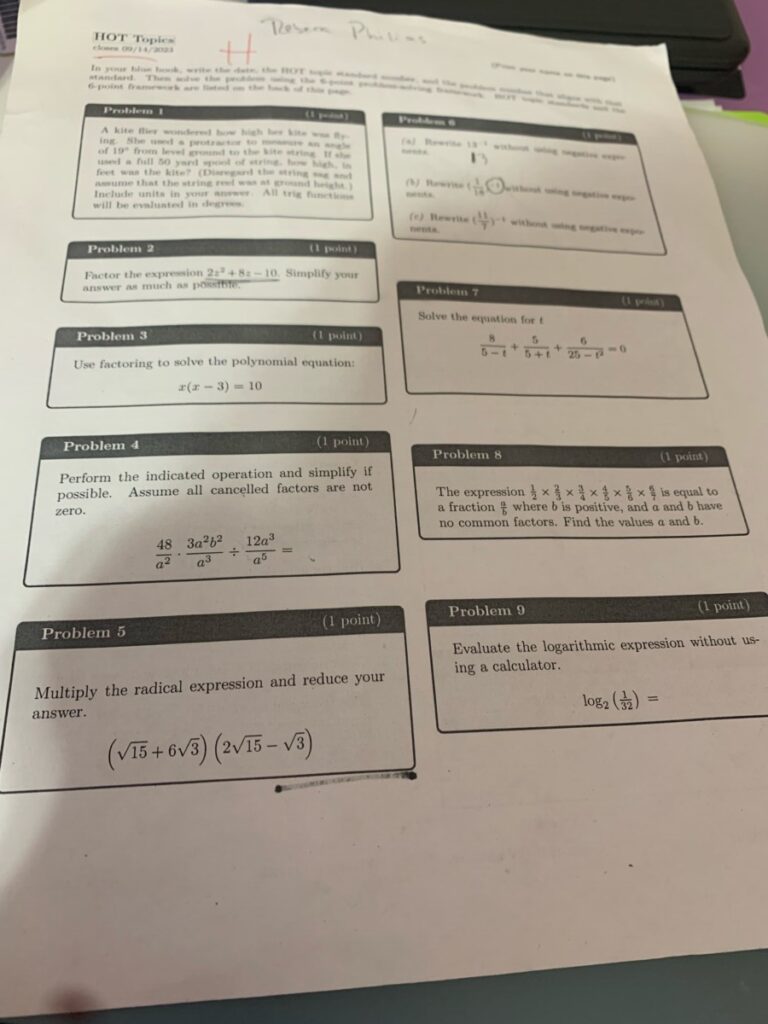
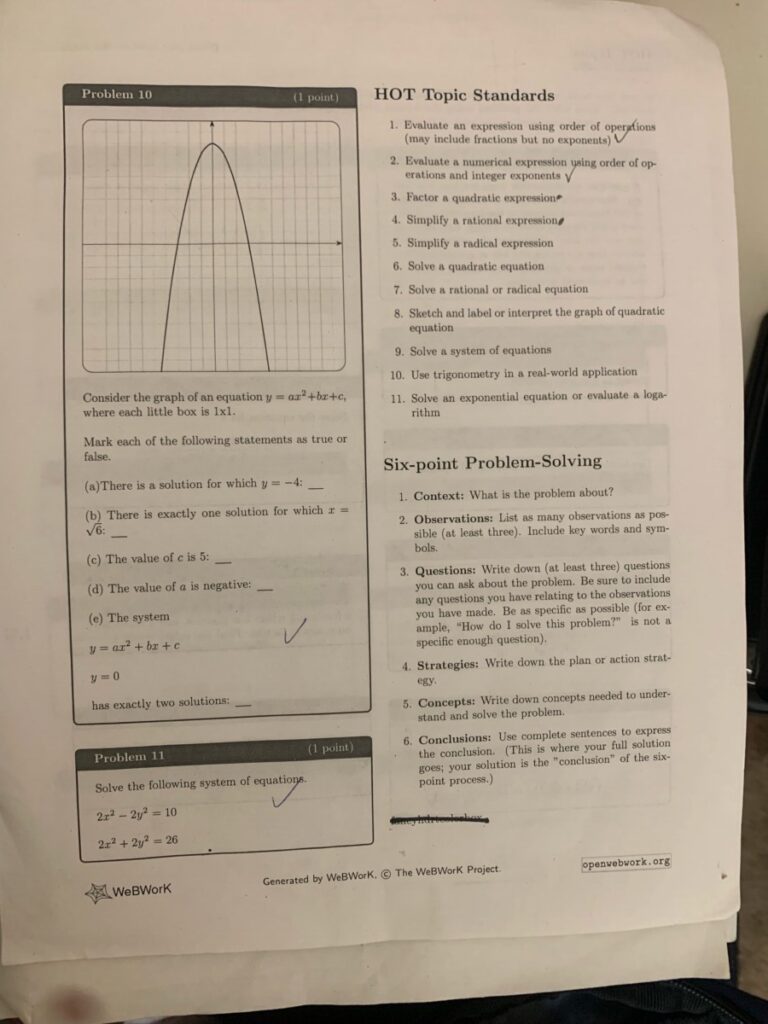
Standard 1: Problem 6
Standard 2: Problem 1
Standard 3: Problem 2
Standard 4: Problem 4
Standard 5: Problem 5
Standard 6: Problem 3
Standard 7: Problem 7
Standard 8: Problem 10
Standard9: Problem 11
Standard 10: Problem 8
Standard 11: Problem 9
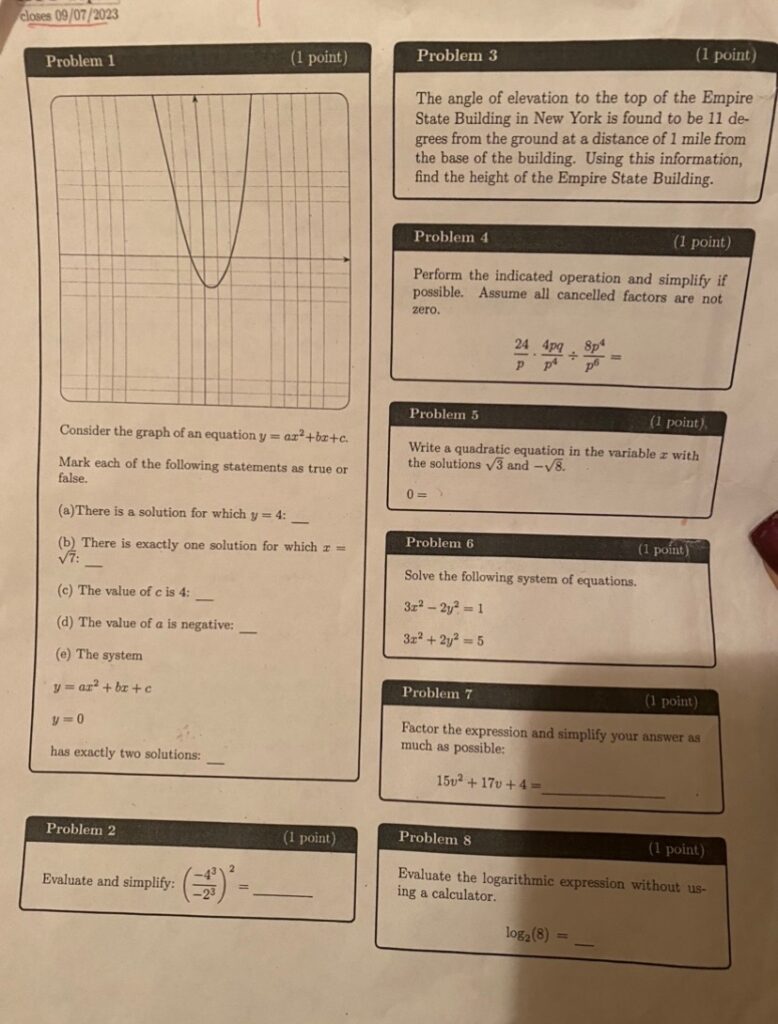
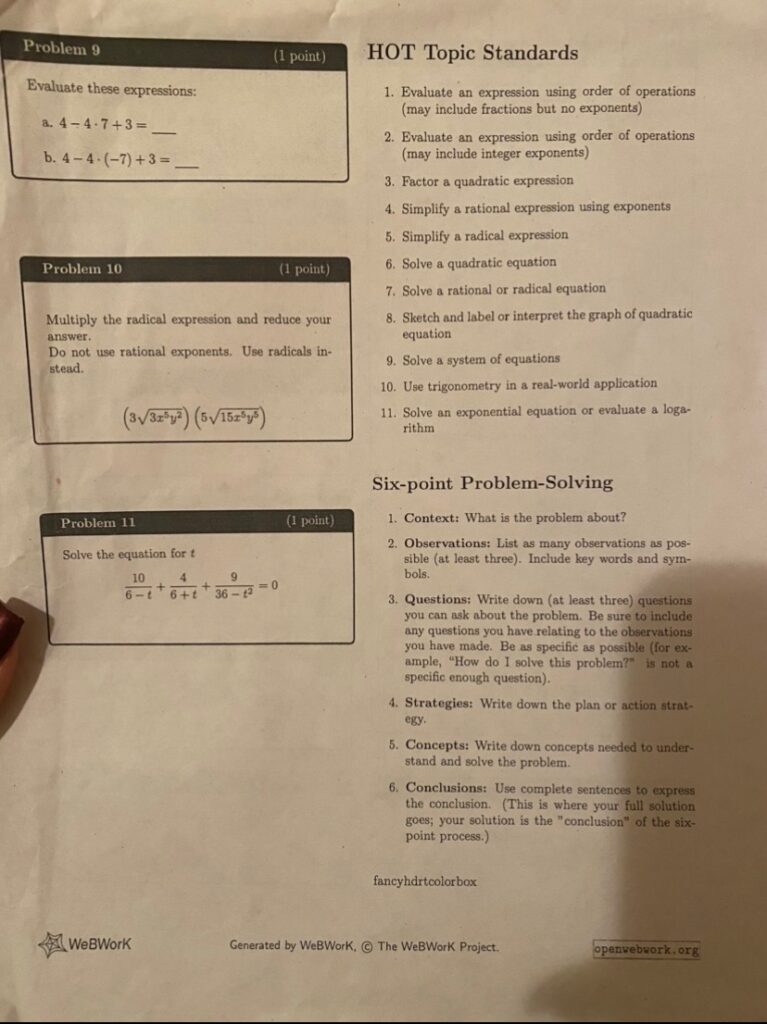
Standard 1: Problem 8
Standard 2: Problem 4
Standard 3: Problem 10
Standard 4: Problem 2
Standard 5: Problem 6
Standard 6: Problem 9
Standard 7: Problem 3
Standard 8: Problem 11
Standard 9: Problem 1
Standard 10: Problem 5
Standard 11: Problem 7
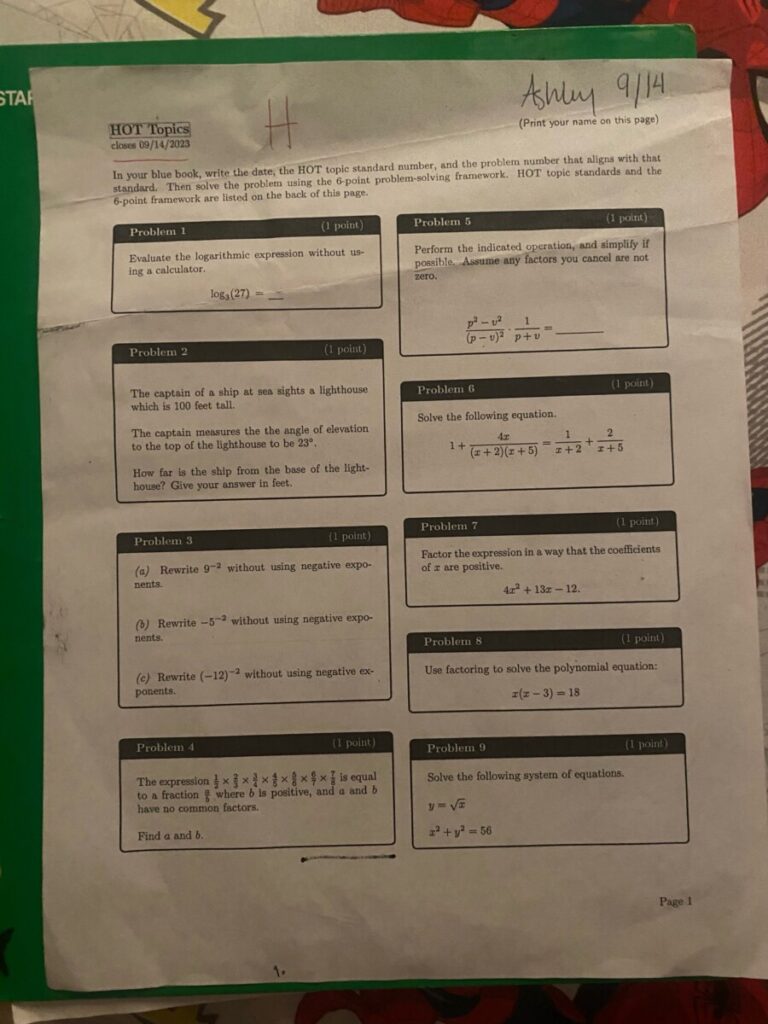
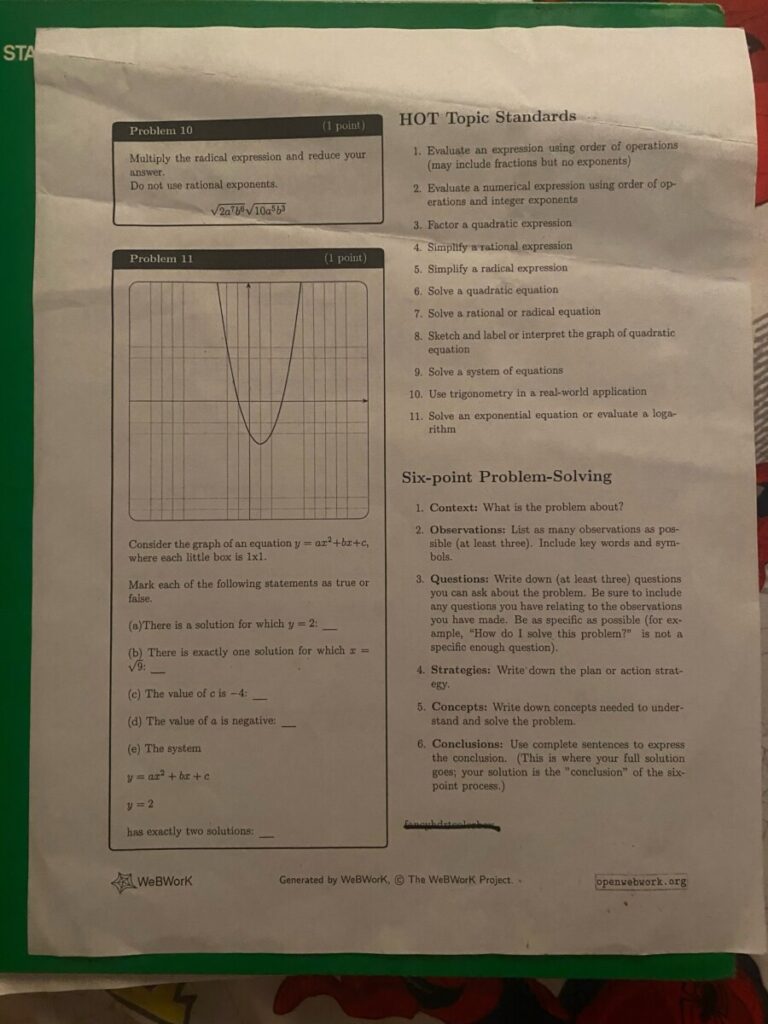
Standard 1: Problem 8
Standard 2: Problem 3
Standard 3: Problem 7
Standard 4: Problem 6
Standard 5: Problem 10
Standard 6: Problem 4
Standard 7: Problem 5
Standard 8: Problem 11
Standard 9: Problem 9
Standard 10: Problem 2
Standard 11; Problem 1




Recent Comments